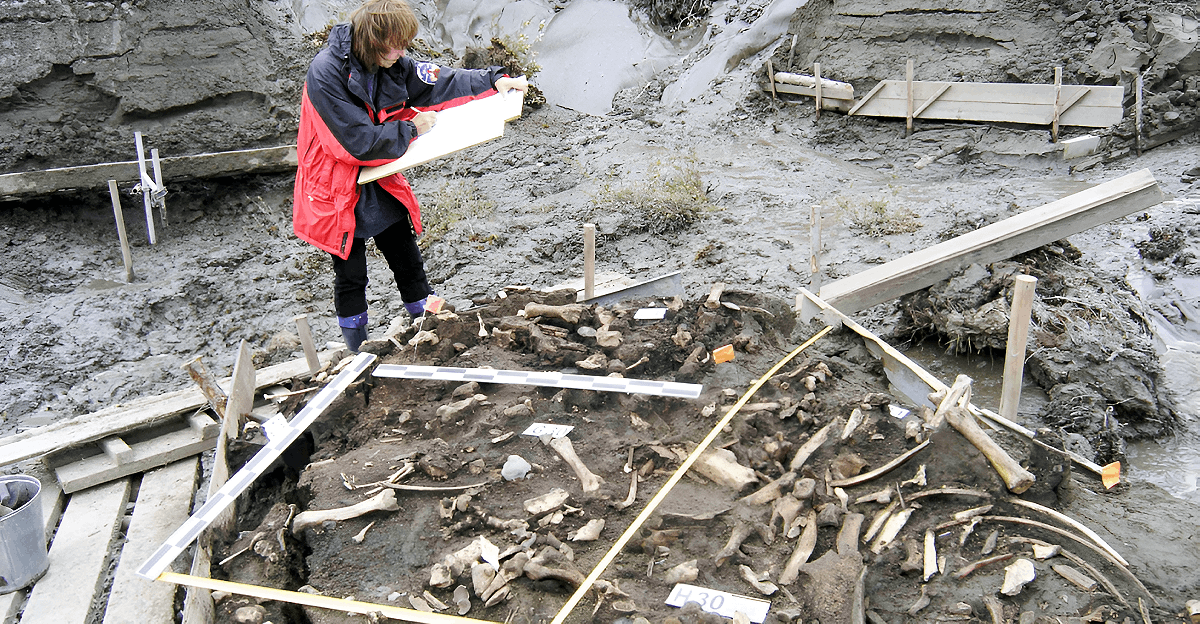
New finds in Colombia’s highlands have shaken long-held beliefs about how the first Americans journeyed south. Archaeologists unearthed bones and tools at the Checua site that don’t match any known group, suggesting that the region was home to a previously unrecognized population, according to recent reports.
Dig Site Surprises Spark Debate
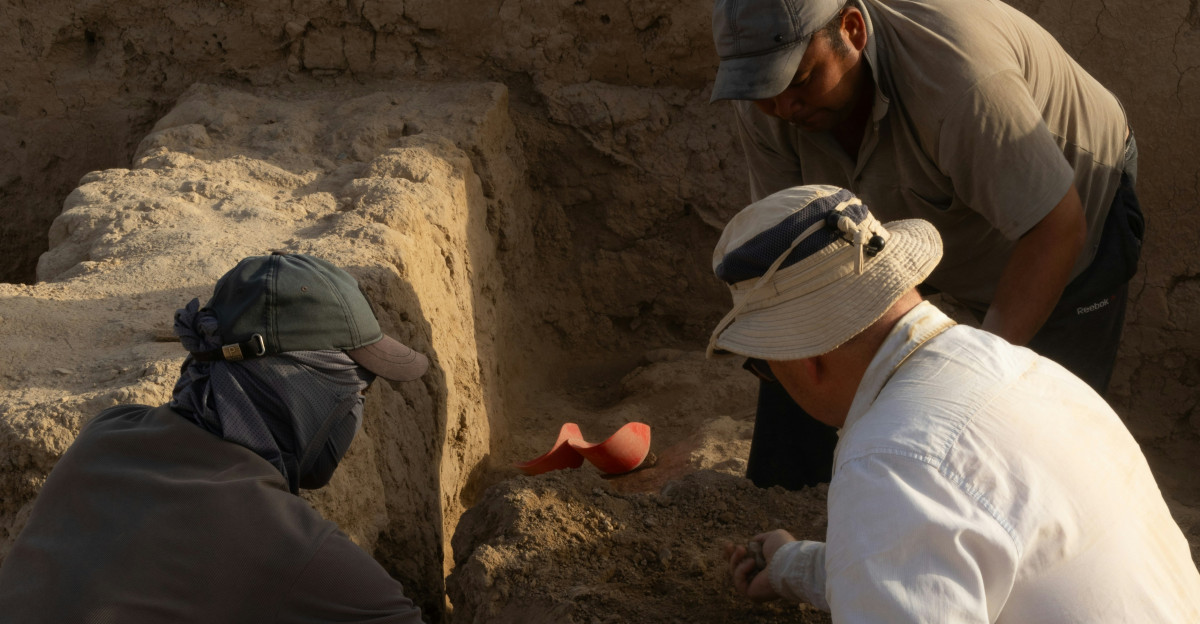
Recent excavations on the Bogotá plateau have revealed human remains alongside stone tools and grinding stones, say research team members. Radiocarbon dating points to a community that lived some 6,000 years ago, deepening the mystery of who truly called this highland region home.
A Piece Missing from America’s Past
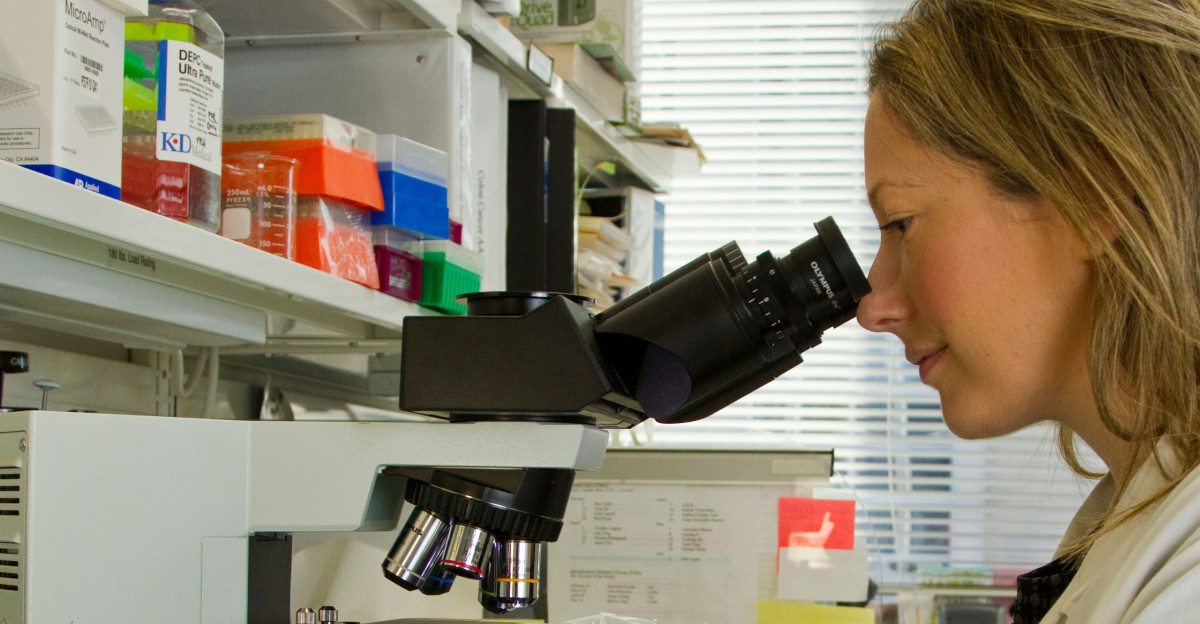
Most DNA studies have focused on North America for years, leaving gaps further south. However, Science Advances states that only in 2021 did researchers begin collecting samples from sites like Checua in hopes of revealing whether isolated groups survived long enough to create their own genetic mark.
Early Colombians Faced Climate Challenges
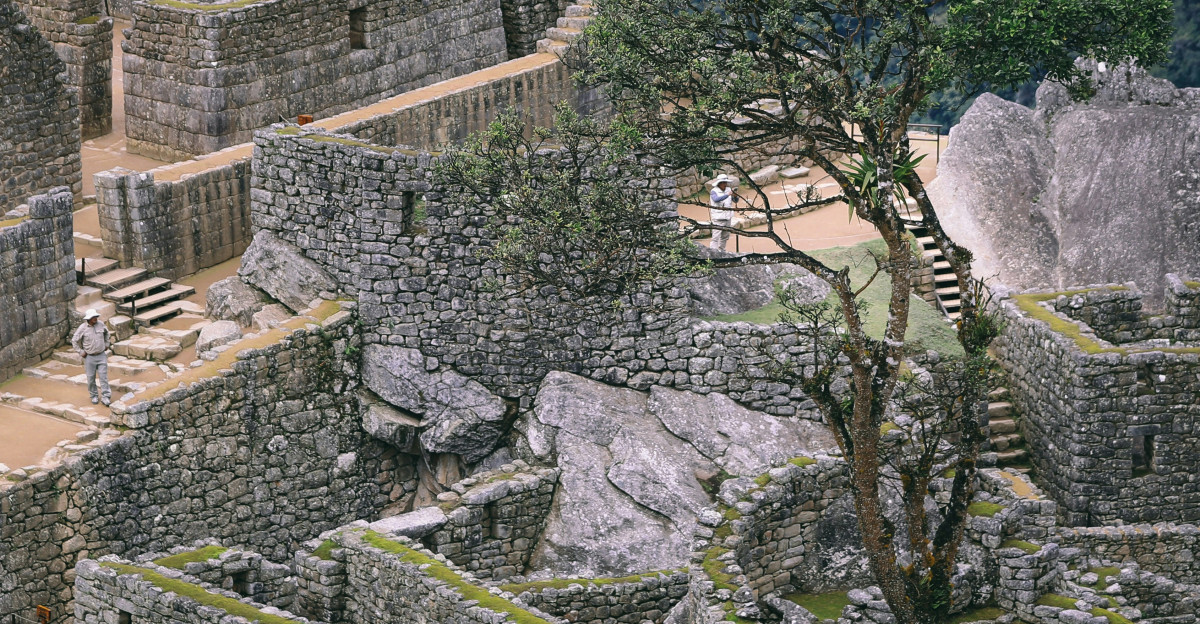
According to the study authors, shifting temperatures and changing vegetation around 3,000 BCE forced early Colombians to change their ways. Checua’s stone tools reveal dramatic changes from 5,000 to 2,000 BCE, sparking questions about population replacement versus slow evolution.
Breakthrough DNA Findings Released

In May 2025, scientists published the shocking discovery of a completely unknown human lineage in Science Advances. Lead researcher Cosimo Posth reports the group’s DNA, gathered from seven individuals, has no ties to ancient North or South Americans and appears to have vanished by 2,000 BCE.
Colombia’s Role Is Bigger Than Once Thought
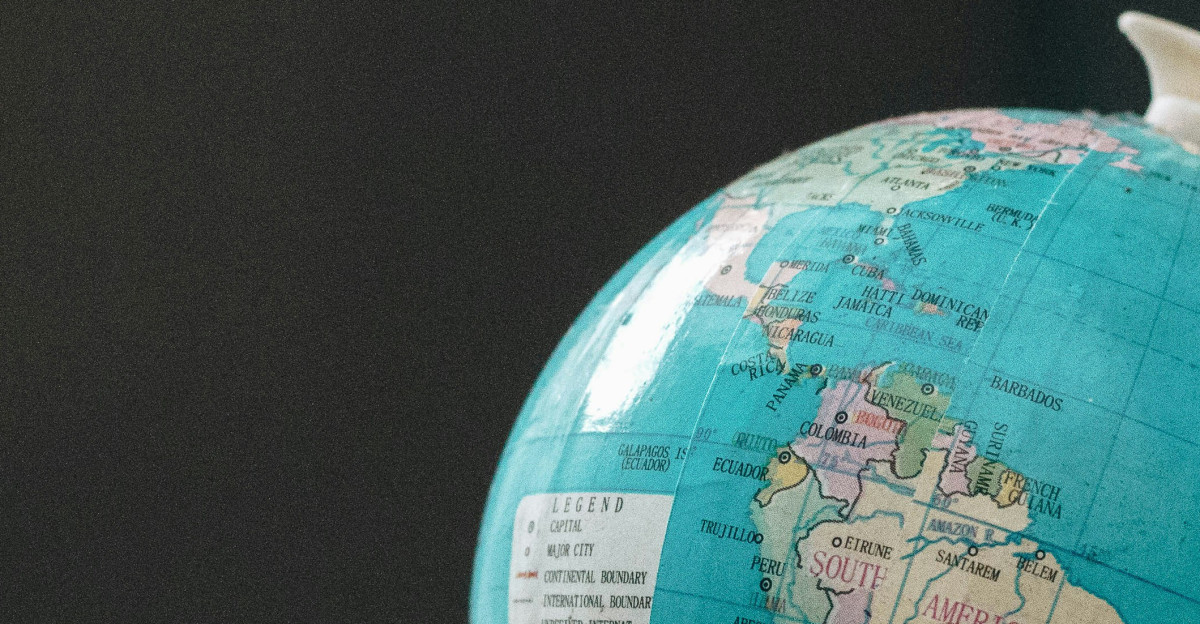
Anthropologists say the new discovery suggests the Bogotá highlands weren’t just a migration corridor, but the birthplace of a unique people. Other South American sites, like those in Ecuador and Venezuela, show no sign of this distinctive genetic signature.
Scientists and Indigenous Leaders Join Forces
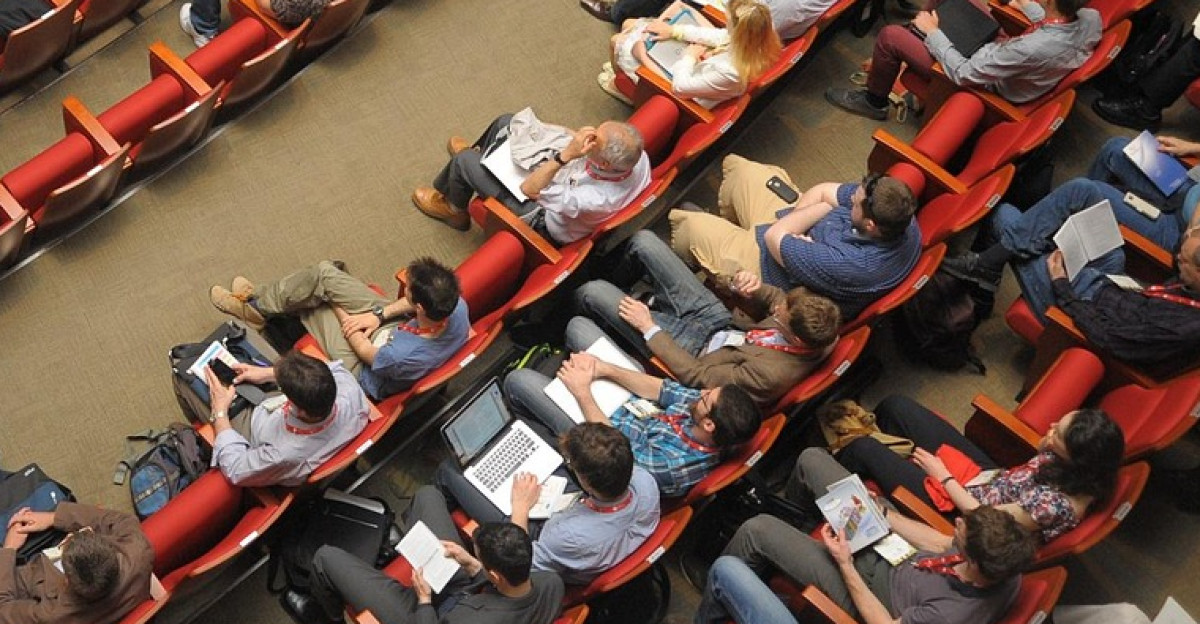
“We never expected to find a lineage like this,” says André Luiz Campelo dos Santos of the Senckenberg Centre. He points out that local Indigenous leaders have been central to the process, working closely with researchers to guide the sensitive handling of ancient remains.
Racing Against Nature’s Clock
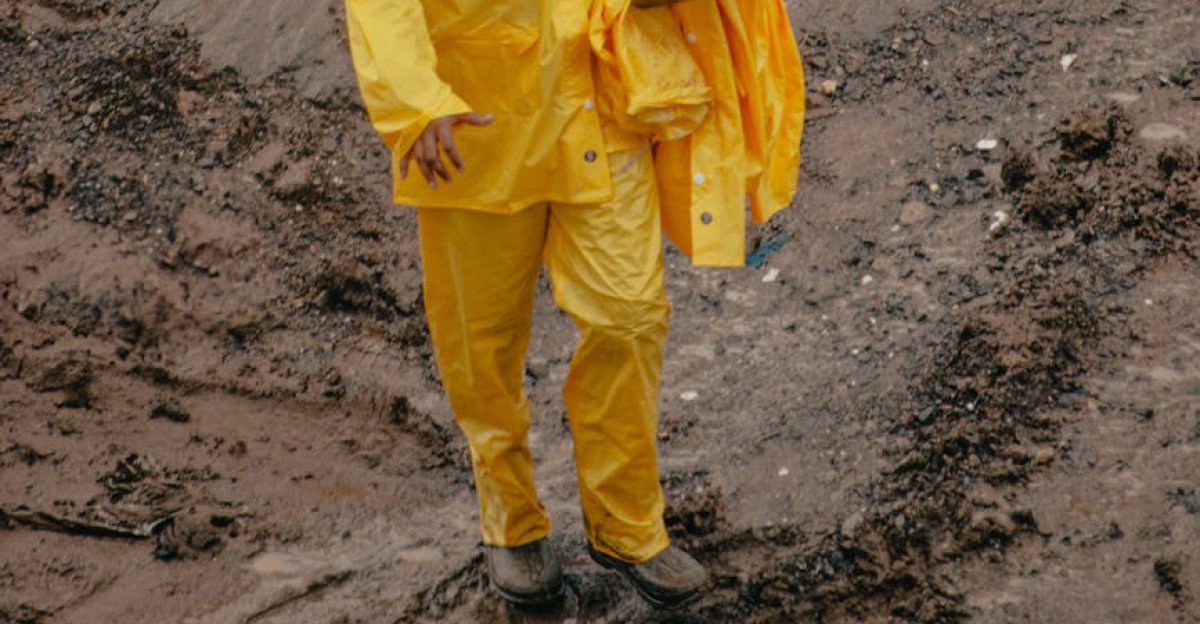
With rain and erosion threatening to erase valuable evidence, Colombian labs hurried to process DNA samples, supported by German and Canadian technology. Lab director Kim-Louise Krettek describes the frantic pace as crucial to capturing fragile genetic clues before they were lost.
Multiple Migration Paths Gain Support
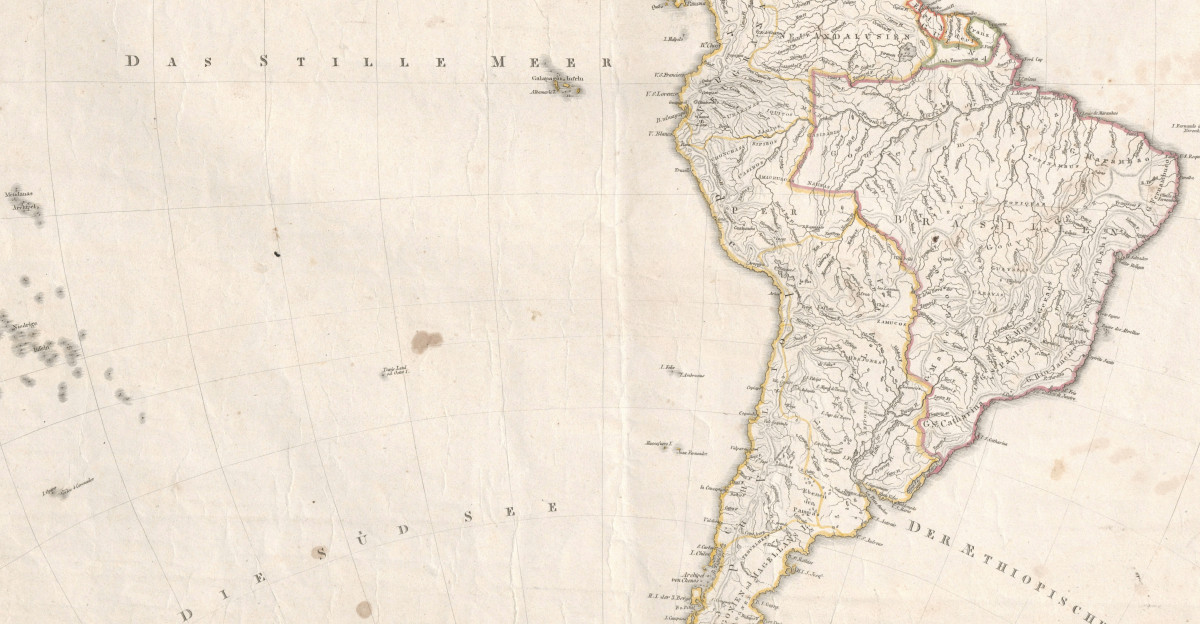
New findings are nudging geneticists to question the “Beringia-only” migration model. Discoveries in Panama propose that ancient people could have moved south along coastal routes, with scholars eager to test DNA from more sites across the tropics.
Daily Life Revealed by Bones
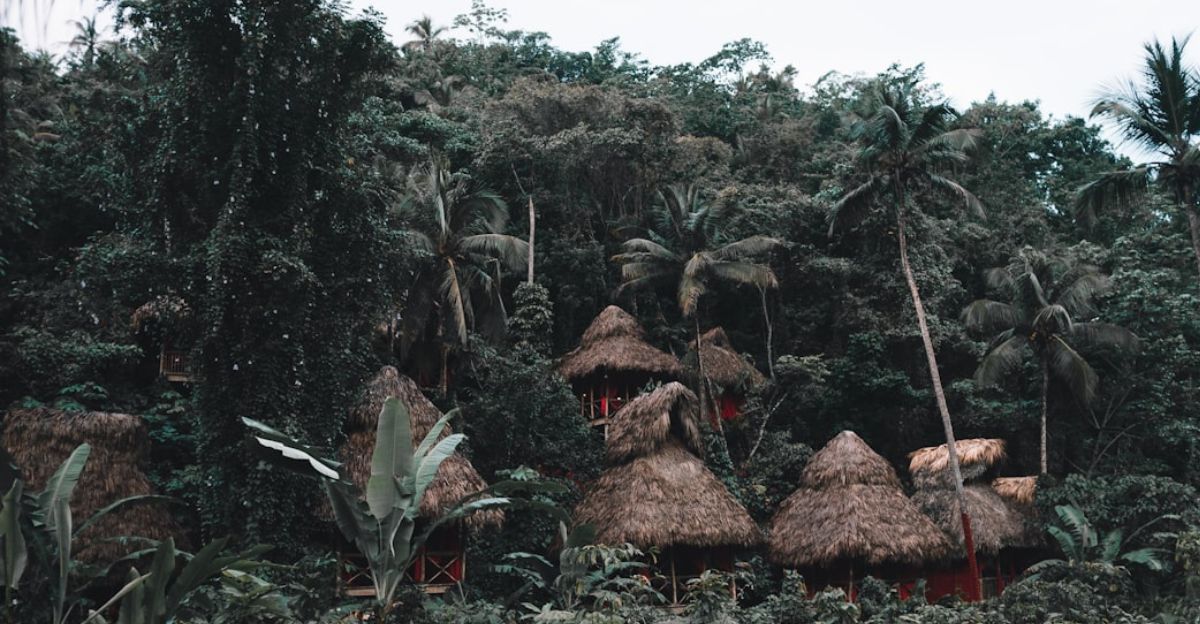
Scientists report that detailed analysis of Checua skeletons shows people hunted highland camelids and fished Andean streams. Around 2,000 BCE, these dietary patterns changed, which some believe points to new arrivals or the struggles of climate adaptation.
A Controversial Sample Size
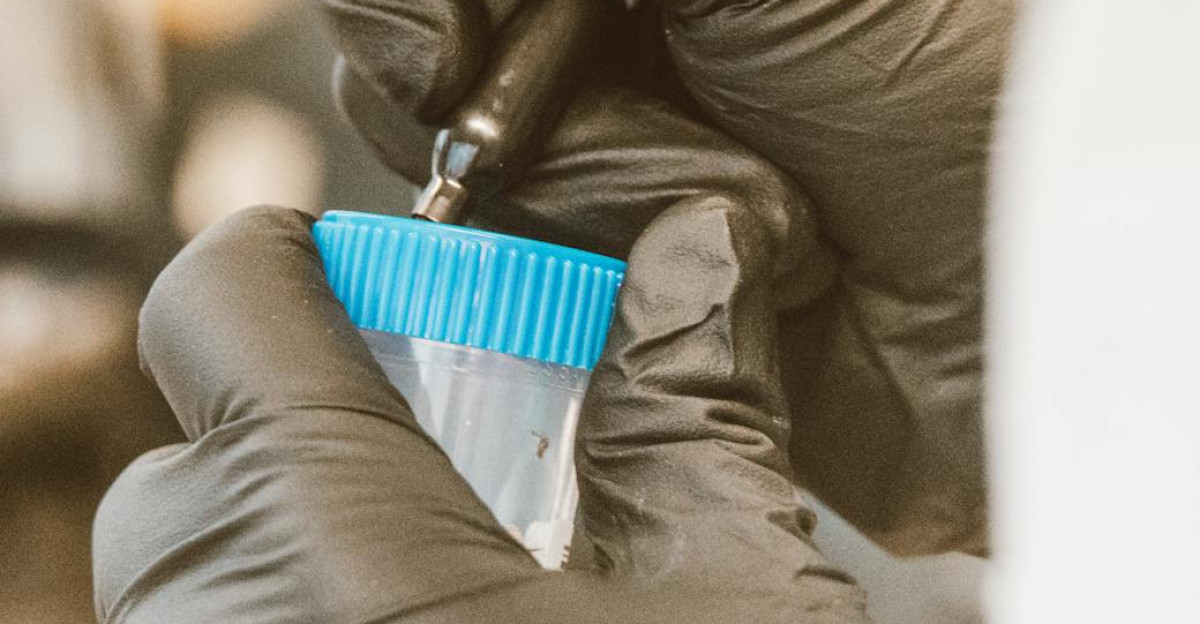
According to Live Science, some experts warn that results from just seven people cannot define a whole population. Despite this, the study authors stress that rigorous lab protocols were followed and their findings have been reproduced in independent labs.
Colombia Invests in Genetic Research

Colombian officials and scientists are now building new research centers to avoid future delays and dependence on foreign labs. The goal, says project leader Krettek, is to train local experts and keep cutting-edge science in-country.
Expanding the Genetic Map
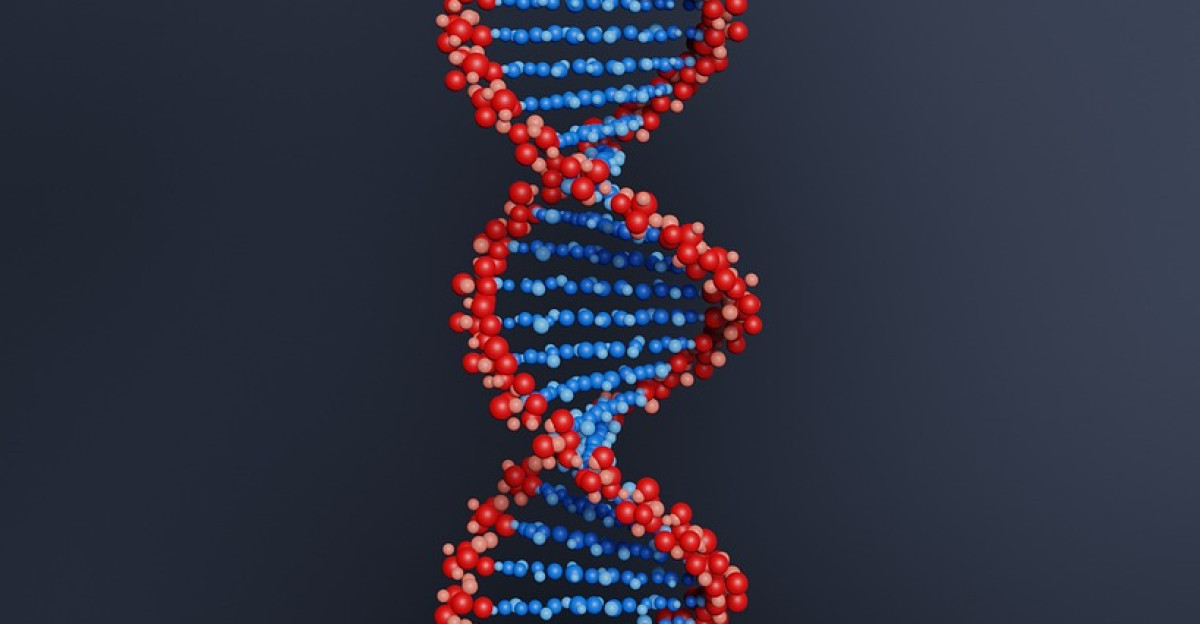
Geneticists have mapped out the next steps toward understanding Colombia’s past, aiming to analyze DNA from at least five more ancient sites by 2027. Consortium records show that these efforts could help draw a clearer picture of where the Americas’ first peoples moved and settled.
Scientists Predict More Surprises Ahead
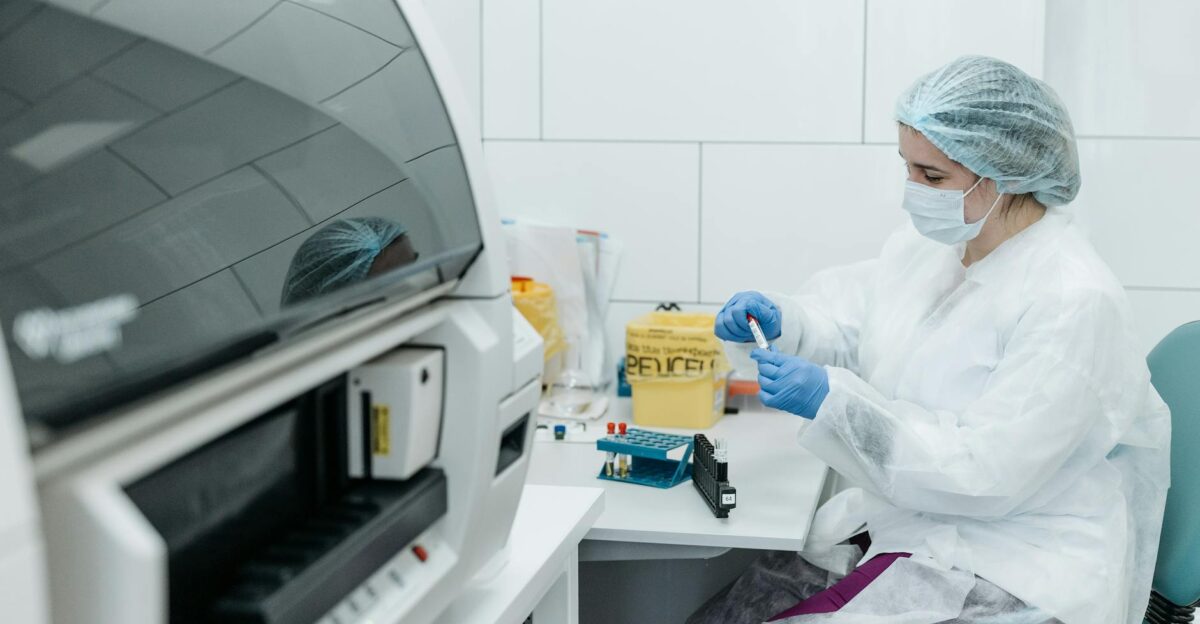
“Large datasets could reveal whole families we didn’t know existed,” says Andrea Casas-Vargas of the National University of Colombia. She believes future findings could rewrite entire chapters of how the Americas were settled and by whom.
Unanswered Questions Drive New Digs
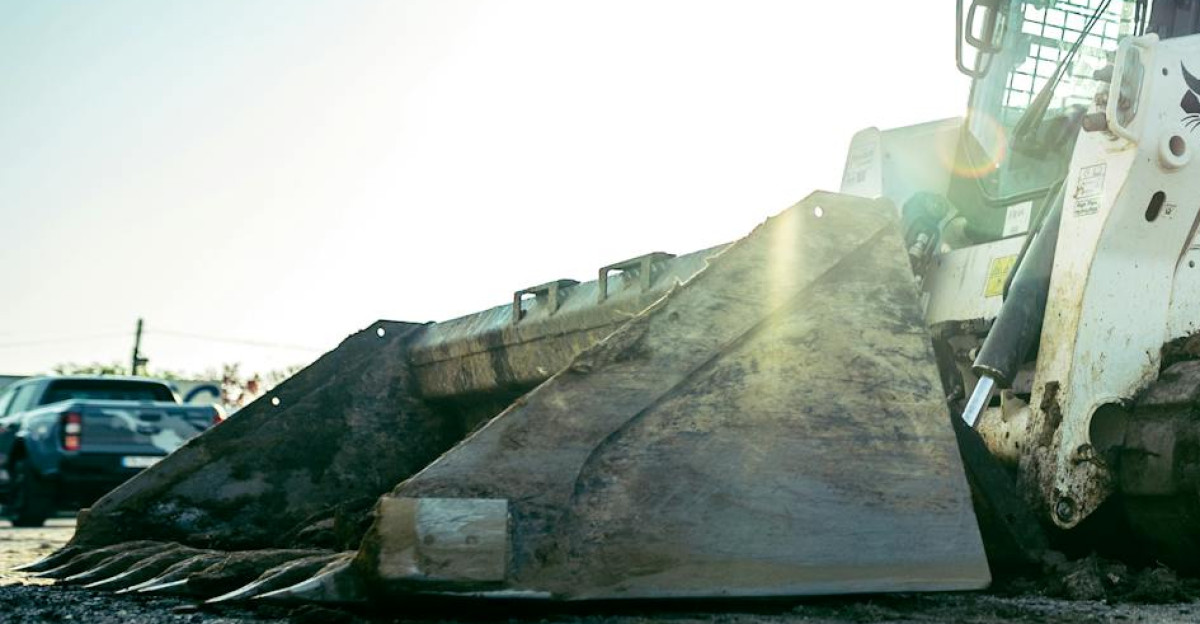
Archaeological teams are planning fresh digs in Panama and Peru, hoping to uncover more hidden lineages. Field leaders confirm that every new DNA sample has the potential to shift the timeline and disrupt long-standing theories.
Protecting Ancient Heritage Faces Hurdles
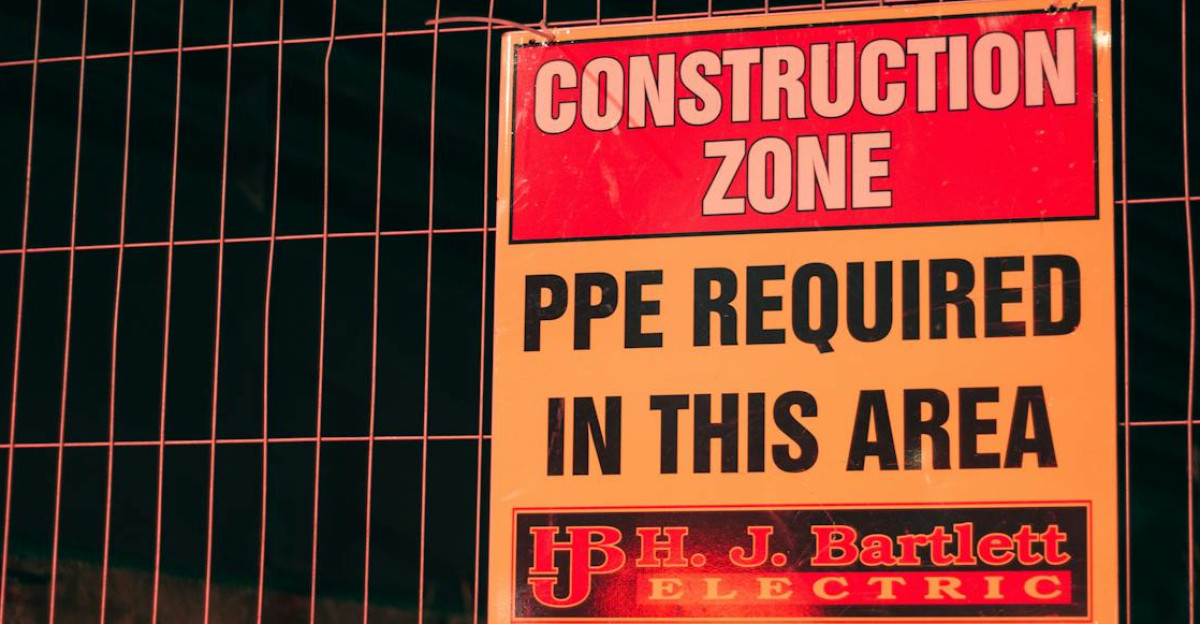
Tensions are rising as mining and farming threaten to destroy unexcavated DNA-rich sites, say conservationists featured in Phys.org. Cultural experts are urging Colombia’s government to increase protections before more valuable evidence disappears for good.
Lessons Echo Far Beyond Colombia
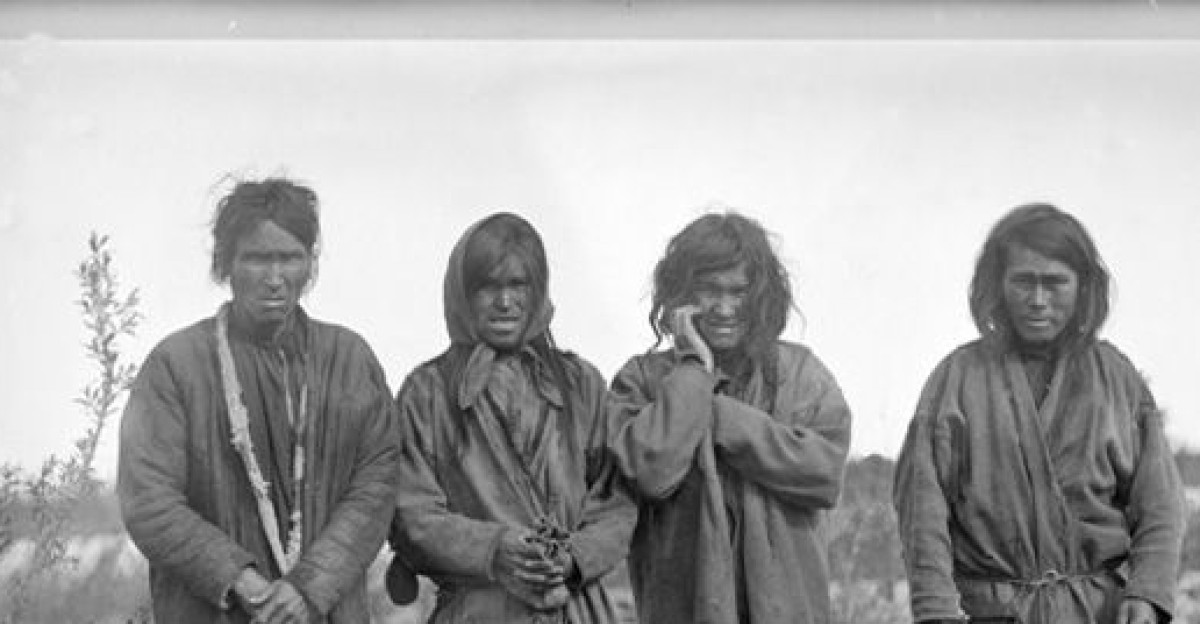
International voices, including those from Alaska and Siberia, see similarities in the vanishing lineages of their own regions. The Checua case reminds us that rapid changes and later migrations have erased countless stories from ancient populations.
Modern Life Puts History at Risk
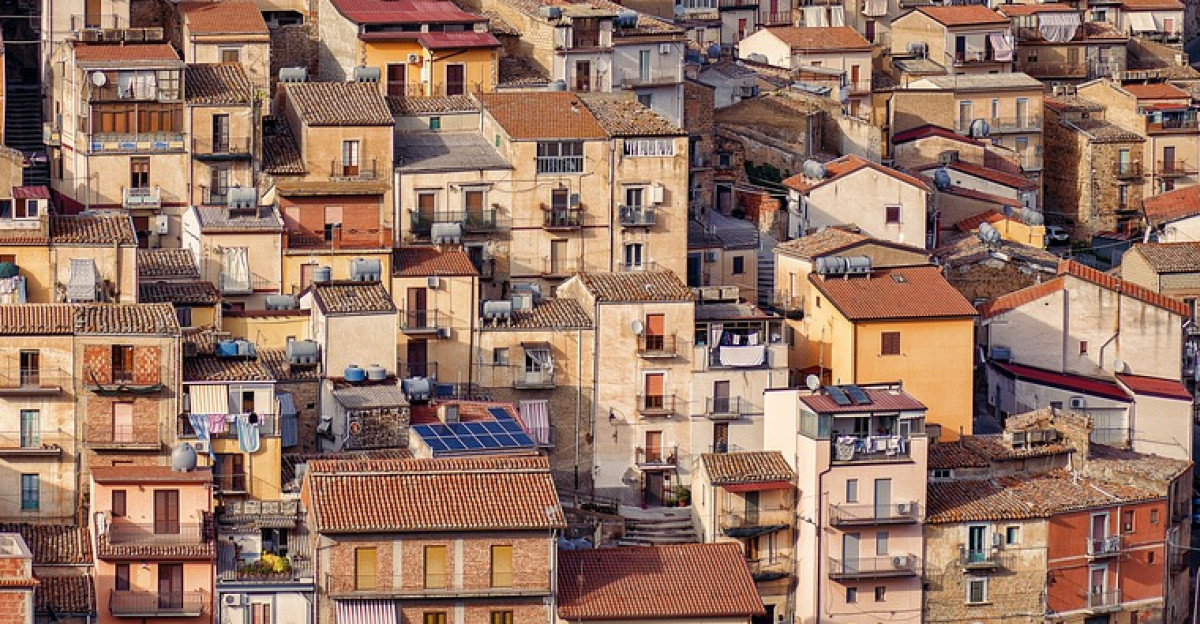
CNN reports that new construction and forest clearing near Bogotá are endangering ancient burial sites. Preservationists warn that it is time to learn from these places before they are lost under roads and city blocks.
Ancestors Honored Through Community Projects
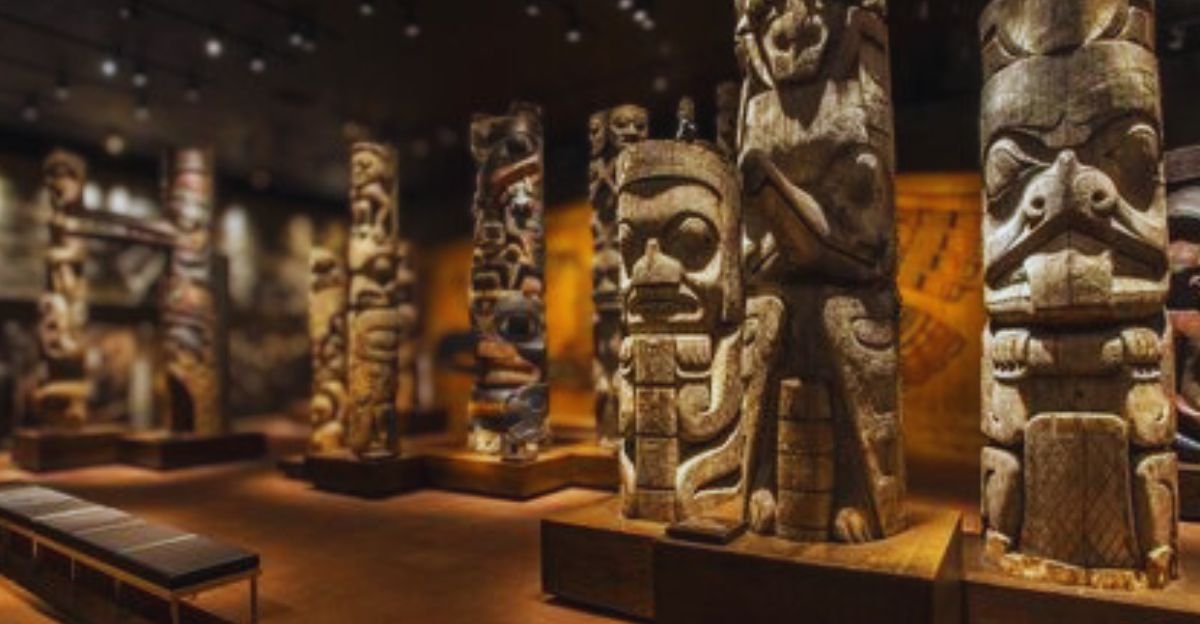
Smithsonian Magazine reports that Modern Muisca leaders are planning exhibitions to help connect today’s Colombians with their ancestors. The goal is to celebrate the country’s forgotten role as a human movement and innovation hub.
This Discovery Reframes the American Journey
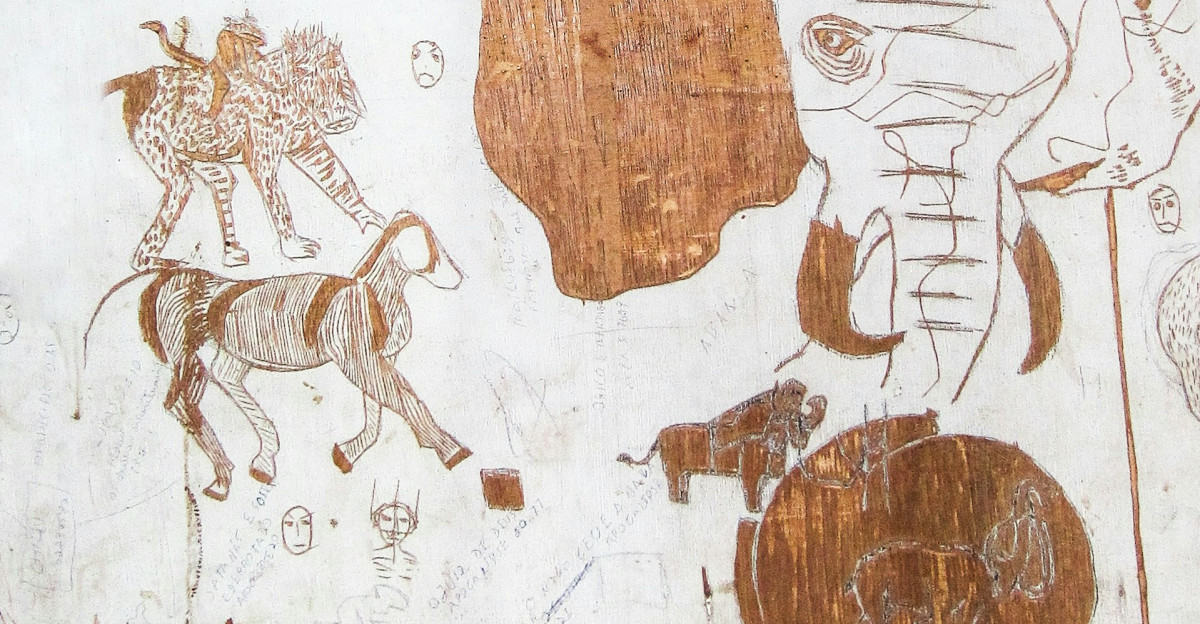
As much as the Checua genomes are scientific findings, they have forced a reconsideration of where people came from and how the continents were truly peopled. As new evidence comes to light, this story isn’t just about ancient bones; it’s a living reminder that the past can still surprise us.